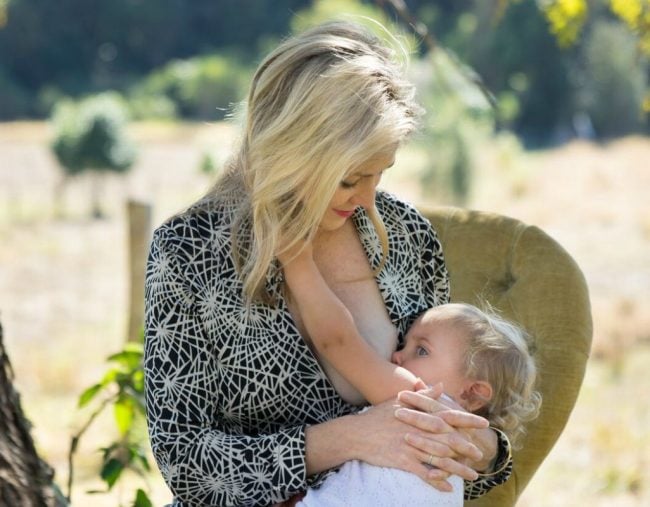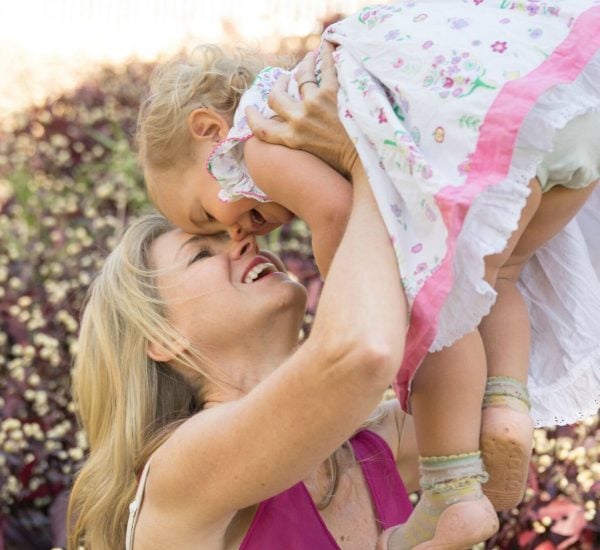
At a recent visit to my GP I was asked how often my 22-month-old daughter was breastfeeding.
When I guessed it was perhaps six times in 24 hours, the doctor then asked me if she was eating solids.
I was so shocked by her question. “Of course she is eating solids,” I said, “look at her, she’s plump and healthy.”
There is much misinformation and lack of knowledge around breastfeeding in our society. According to lactation consultant, Virginia Thorley, despite Australian and international health authorities recommending longer breastfeeding than was usual a generation or two ago, mothers and their health advisers can feel confused when health questions arise because they are only familiar with short-term breastfeeding.
Research from the 2006-2007 Longitudinal Study of Australian Children found that at 12 months 28 per cent of children were still being breastfed but at 24 months that figure had dropped to five per cent.
The World Health Organisation advise mixed feeding for two years or beyond, while the National Health and Medical Research Council recommend mixed feeding for the first 12 months and beyond. Natural weaning occurs anywhere between age two and eight.
This is what breastfeeding looks like around the world:





























































































